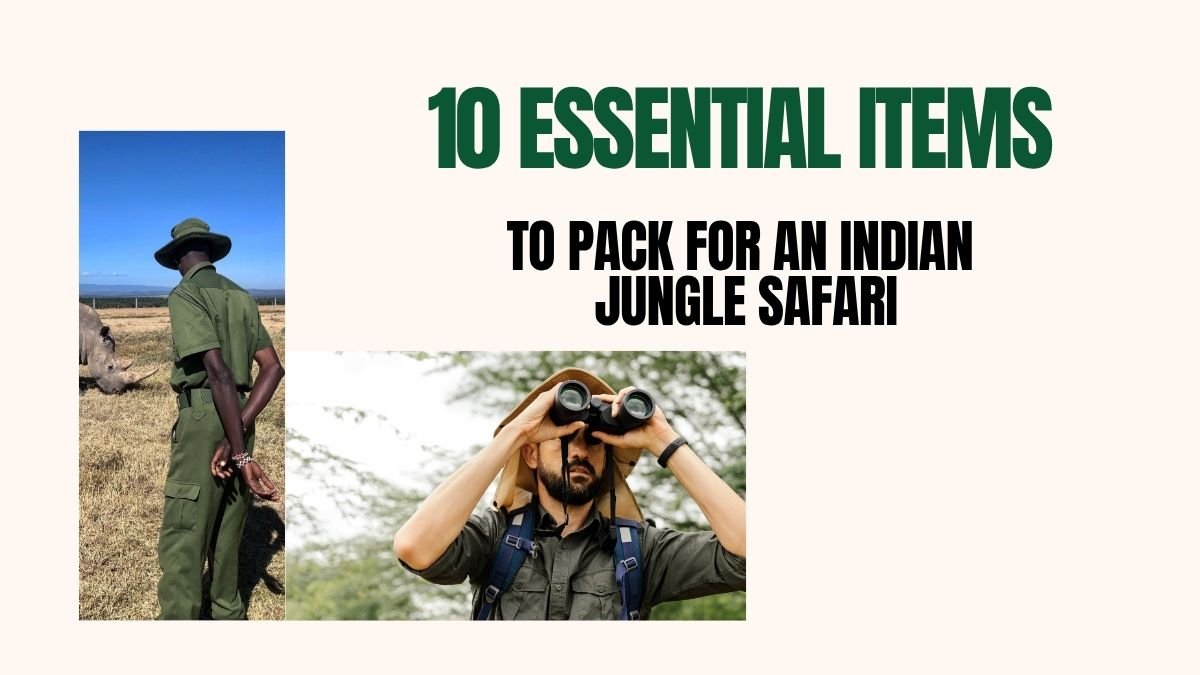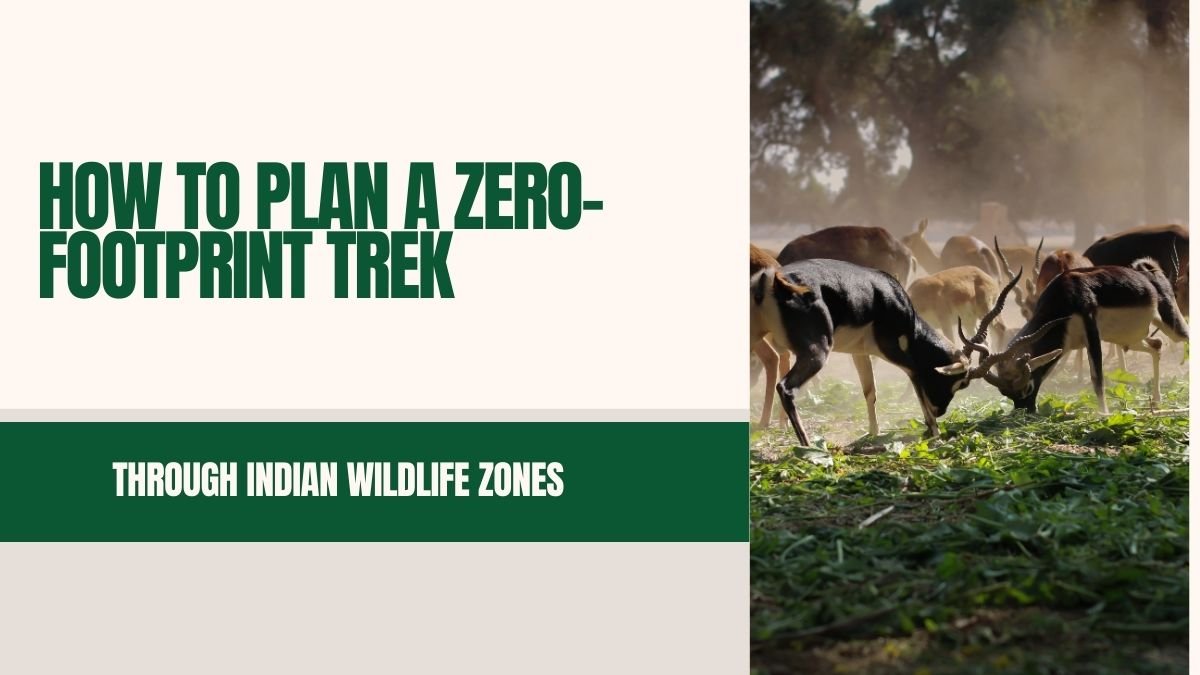Things to carry on a jungle safari: A complete guide for first-time travelers
This must probably be the first question that comes to any first-timer traveling on a jungle safari- “So, what should I carry?” Definitely not a normal kind of excursion an expedition like this has its ups and downs, some of which only become apparent when the shadowy backdrop of the concealment gives way to a faint dawn. For sure, with proper preparation, it is bound to be a memorable trip for a lifetime.
The following article discusses ten things that are a must because they will make it easy, safe, and enjoyable during your jungle safari.
1. Appropriate Clothing and Footwear
Heavy, bright streaming garments in the jungle are a no-no. Bright colors make animals excited and alert in addition to sending them fleeing.
What should be worn?
- Lightweight, comfortable body-covering clothing.
- Earthy colors, such as green, brown, and khaki, are part of the nature fusion.
- In summer: a cotton shirt, track pants, hat, and scarf available for him/her.
- Winter: jacket, sweater, earmuff.
- Sturdy, comfortable, waterproof sports shoes or trekking shoes.
Ex: Pench National Park October seems mild in the morning but hot during the afternoons.
2. Camera and Photography Gear
If you’re ever so lucky to catch a rare glimpse of a tiger or a leopard in the wild, that’s really up to your luck. Capturing that wild moment on camera, however, is an art to be perfect.
Camera guidance:
- Zoom lens-a minimum of and above 300 mm.
- More batteries and memory card.
- Camera cleaning cloth and a small towel.
- Camera bag and neck strap.
No worries if you don’t own a DSLR. Nowadays, excellent smartphones can produce fabulous images with a super telephoto lens attachment.
3. Binoculars
It’s really difficult to catch lions, leopards, or rare birds at close range in a jungle. It is usually at this distance that the guides will point them out.
Why is it important?
- A good quality pair of binos will enable you to see crystal clear with 8 to 10 zoom.
- And then, everyone has his/her binoculars, which makes the experience even better.
4. First Aid Kit
Most guides will carry a first aid kit, but it is better to have your own little kit to bring along.
What to bring?
- Medicine for malaria, fever and cold tablets.
- Pain and diarrhea medicine.
- Band-Aids, antiseptic creams, cotton.
- Every time you take certain medicine daily, bring enough to last you through the whole trip.
5. Waterproof Backpack
The jungle is a menace to dust, humidity, and rain. A good backpack is essential to ensure that your essentials don’t get wet.
Features of a good backpack:
- Water-resistant, dust-proof.
- Separate compartments so that your camera, medicine, and snacks can be kept separate.
- Lightweight and comfortable.
Include also a polythene bag or small garbage bag to keep wet clothes or bottles separate.
6. Skin and Eye Protection
The sun is strong in the jungle and there is a haze of dust.
What to bring?
- Sunscreen lotion (minimum SPF 30)
- Lip balm and moisturizer
- UV-protection sunglasses
- Mosquito repellent cream or spray
- Wet wipes and toilet paper
With sensitive skin, get a lotion only after consulting the doctor.
7. Power bank and charging adapter
Charging points are not available everywhere in the jungle. Your safari would be incomplete if your camera or mobile phone runs out of battery.
What to bring?
- Power backup of at least 10,000 mAh.
- A travel adapter if traveling to another state or country.
- A multi-plug so you can charge 2-3 devices simultaneously.
8. Guidebook and Map
A guidebook will come in handy for first-timer travelers going on safaris.
Functions:
- Those species will be unique to any national park in the guidebook.
- It will show in what season the animals can be best seen, such as at peak activity times.
- The guide will help people remember where they go and even mark places off on the map.
- For birding, the guidebook is essential; not every bird can be identified by sight alone.
9. Snacks and Water
The safari route is long. Meals are sometimes delayed for animal sightings.
What to pack?
- AT LEAST 2 liters of water.
- Dried fruits, energy bars, peanuts, puffed rice.
- Biscuits, juice, or light snacks for children.
Also carry dry ORS powder or lemonade in summers to stay hydrated.
10. Torch or Headlamp
Light is needed for overnight stays in the jungle, like Corbett or Satpura Forest House.
Advantages of headlamp:
- It aids in reading, writing, and going out at night.
- Gives clarity in trekking at night.
- Having light without holding anything in your hand is very convenient.
Conclusion: Smart Packing = Great Safari
A jungle safari is probably one of those rare life experiences people get to have more than once. Carefully packing for it is, therefore, crucial.
If you don’t have the right clothes or cameras packed or if you forget your first-aid kit or your water bottle, just imagine how much half the fun lies in the journey. With the right smarts in packing, every moment will be full of excitement and memories.
The real fun of a jungle safari is when you experience it to the fullest along with nature. So get going with all your preparations and enjoy from the heart.








